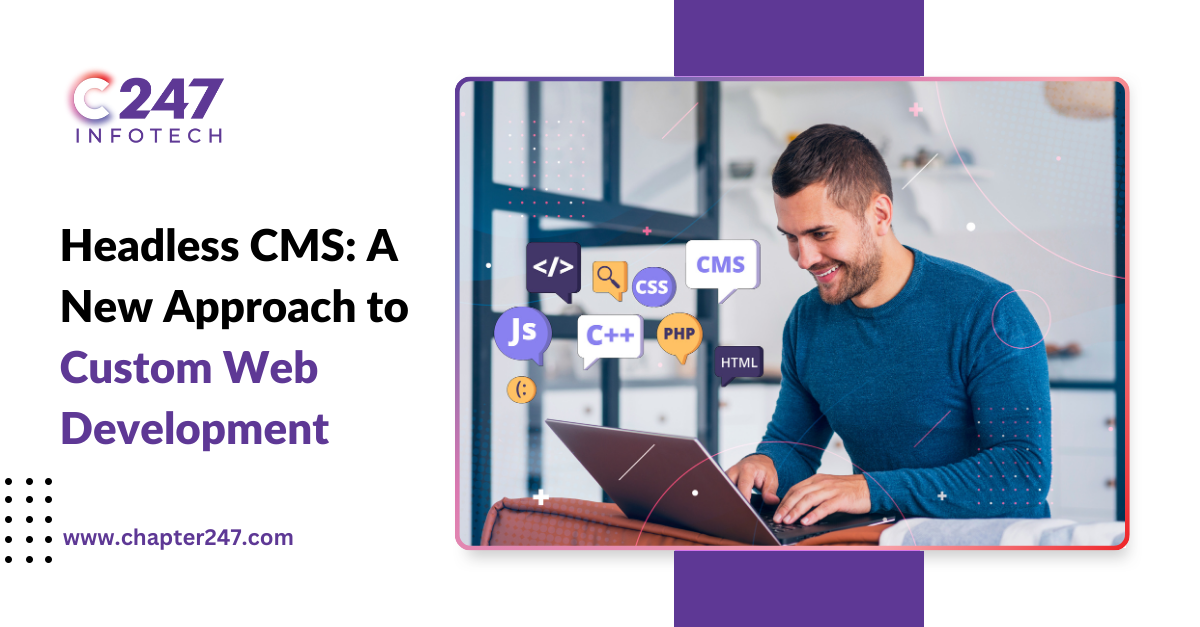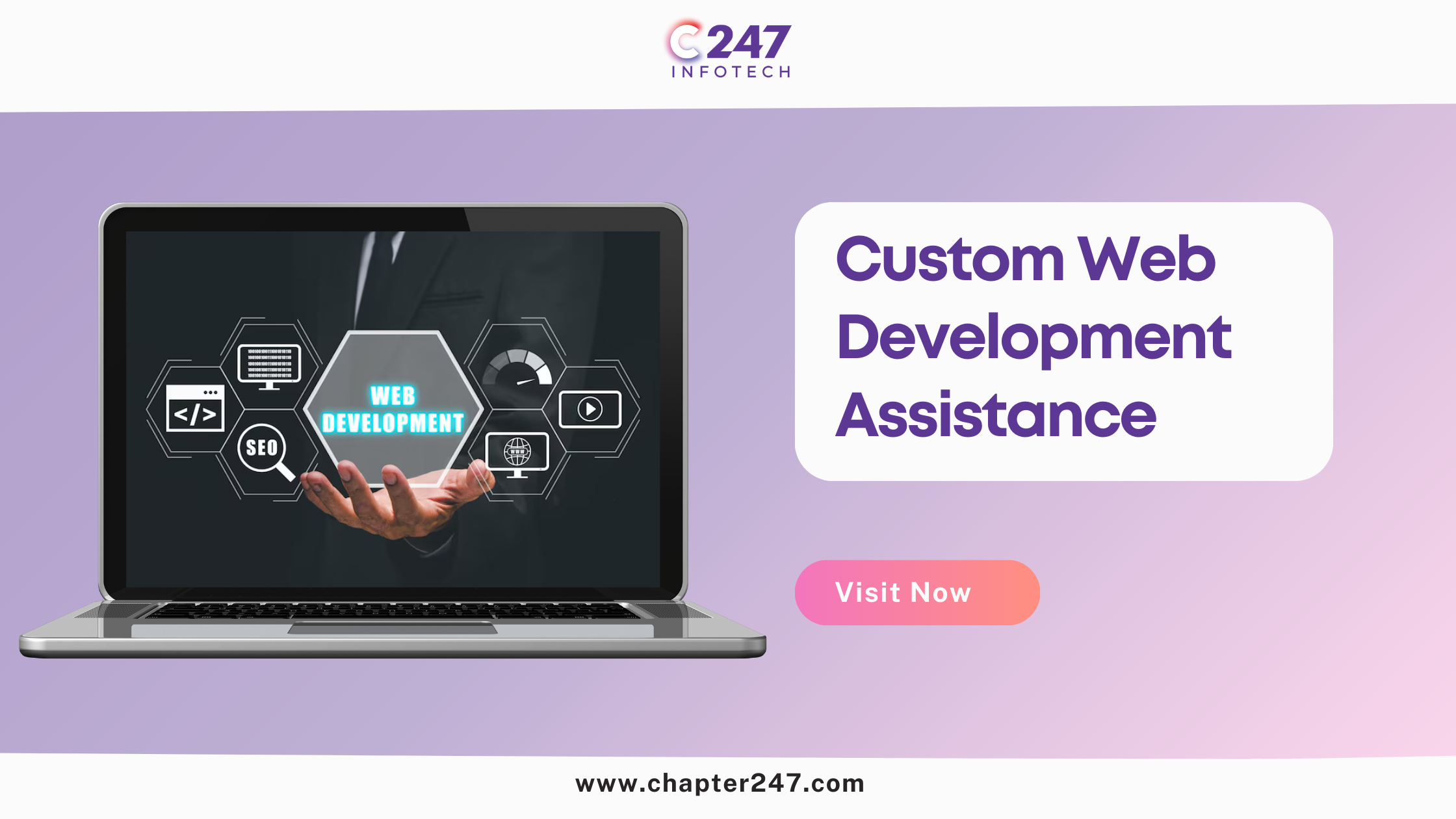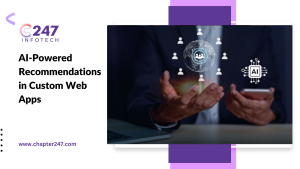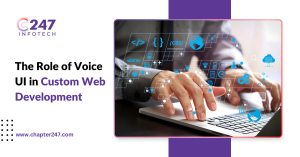The digital environment is constantly evolving at a rapid pace, so traditional content management systems (CMS) are now choosing modular and scalable solutions above all else. Organisations prefer Headless CMS because it delivers a flexible platform with high-speed execution along with a future-proof architecture when building custom web applications.
Their flexible nature stems from being different from standard monolithic CMS platforms, as headless CMS platforms manage content apart from presentation interfaces, allowing developers to deliver content across various screens. This article explains the specifications of headless CMS, along with its practical benefits for contemporary web development approaches.
The Core of Headless CMS
The term “headless” refers to the separation of the content repository (the body) from the front-end delivery layer (the head). A headless CMS separates content management from front-end display, as the CMS platform determines both content location and display style. By 2025, the global headless CMS market is projected to generate USD 3.9 billion in sales at a compound annual growth rate (CAGR) of 22.9%.
Additionally, the functionality of a headless CMS includes content management and storage, but puts control of presentation aspects outside its responsibility. The content’s exposure occurs through APIs, which enable developers to retrieve data from any technology, including React, Vue.js, Angular, and native mobile platforms for client-side rendering. Decoupling provides better management of the user interface, along with expanded options for content delivery.
Platform-Agnostic Content Delivery
The main benefit of using headless CMS systems includes the ability to distribute content across multiple platforms. Modern businesses need to adopt a single content management strategy for their platforms, which includes websites, and develop toward mobile applications, as well as IoT gadgets, digital kiosks, and wearable technology.
The programmatically distributed API enables the same content piece to reach multiple channels within a headless CMS architecture, resulting in programmatic delivery consistency and reduced content duplication. The deployment architecture allows businesses to create content once and distribute it across multiple platforms, resulting in faster product release cycles for new front-end channels.
Developer-Centric Flexibility and Control
Headless enables developers to benefit from a modern development environment that offers increased flexibility. Development teams gain complete autonomy when choosing tools, as well as libraries and frameworks, since the system provides no required front-end design structure. Developers can create performance-based, customised user interfaces that circumvent traditional CMS limitations, as this approach provides a flexible framework capacity.
A headless CMS enables content to function independently of software deployments through DevOps practices, as well as the implementation and management of agile methodologies. The isolated nature of these two responsibilities facilitates better teamwork between content creators and developers, who work simultaneously without disruption.
Scalability and Performance Optimization
Businesses nowadays need to prepare their systems for expanding audiences, and more sophisticated content demands a larger scale. Headless CMS offers improved scalability due to its design foundation as an API-first system that operates within cloud-native environments. The optimised APIs deliver content in ways that developers can set up caching responses as well as implement content delivery networks (CDNs) to achieve quick load times, regardless of where users are located.
Legislation-based system architecture enables integration with microservices, e-commerce platforms, analytics tools, and personalisation engines for use in enterprise-level applications that require modularity and extendability features. Additionally, the time-to-market for new digital experiences is shortened by up to 40%, according to companies that use API-first tactics.
Security, Maintenance, and Future-Proofing
Headless CMS platforms provide superior security measures to standard CMS systems. The CMS remains protected from direct attacks because it operates without any front-end interface. Both APIS and content delivery utilise secure communication channels that support authentication protocols and encryption capabilities.
Most headless CMS solutions operate on a Saas platform, which reduces the IT team’s workload for system management. Providers administer regular updates, backups, and security patches, allowing teams to concentrate on feature development instead of maintenance tasks.
Future compatibility is guaranteed through the implementation of a headless approach. Content becomes rapidly adaptable for new environments through emerging technologies because organisations do not need to rebuild their CMS framework. Organisations that utilise headless CMS today make a smart decision, as this technology safeguards their digital future.
Conclusion
Headless CMS has established itself as a fundamental rethinking of the basic structure used for building content-driven digital platforms. The separation between content and presentation enables developers to achieve higher flexibility while delivering content efficiently across multiple platforms, together with powerful, scalable systems. Chapter247 will become essential for developing web applications in modern practices because businesses now require custom, interactive, cross-device experiences.







